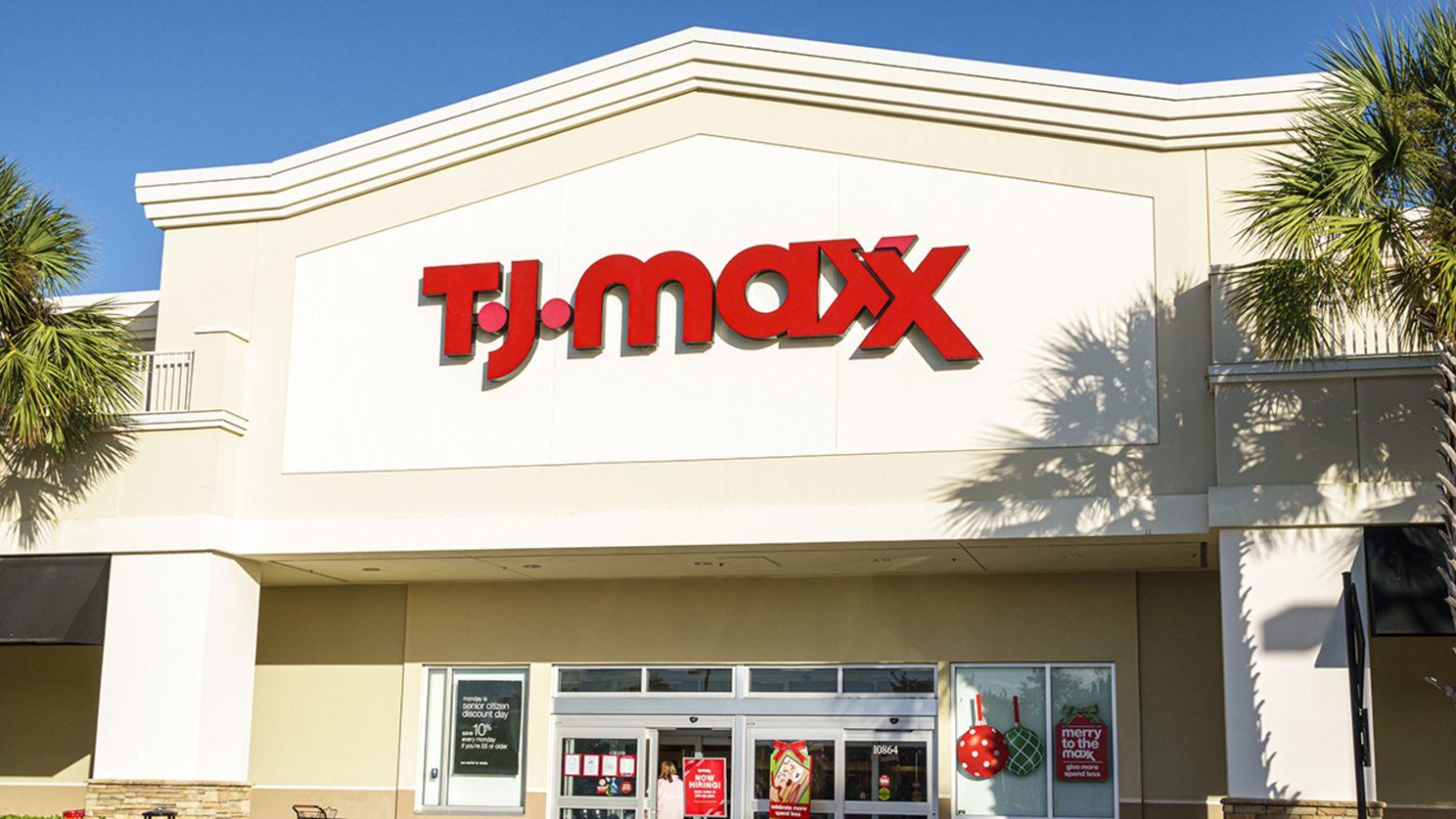These discount chains thrive when there is a glut of clothing in the market. They can scoop in and buy premium apparel and shoe brands’ excess inventory for cheap – and then sell it to customers at bargain prices. The problem right now: There’s very little unsold clothing sitting around.
Supply chains are choked off and brands don’t have as much, if any, extra stuff to dump. And since inventories are lean and customer demand is red hot, brands don’t have as great a need to discount merchandise – they can easily sell items at full price.
Under Armour, Ralph Lauren, Carter’s and Steve Madden are among the brands that have said in recent weeks they’re retreating from discount chains, sometimes called “off-price” stores. Levi’s is also walking away from discount stores.
Even before the pandemic, these brands were trying to move away from off-price companies because they are the least profitable outlets for brands. Offering too many products at a discount also dilutes brands’ image and erodes their pricing power over customers. These brands want to sell their stuff through their stores, websites, premium wholesale partners or their factory stores, which are all more profitable.
“Off-price is a last resort,” said Susan Anderson, a retail analyst at B. Riley Securities. She said discount stores could suffer in the long term if brands keep their inventories tighter.
MORE: Why US inflation is so high, and when prices will stop spiking
Clothing and footwear brands have increased their efforts during the pandemic to pull away from discount stores. They’re able to pull it off right now because of the huge imbalance between supply and demand.
“We have reduced the amount that we’re selling to the third-party off-price channel,” Under Armour chief financial officer David Bergman said on an earnings call this month. “Those partners would like more product.”
When Under Armour does sell to discount chains, they are “going to pay a little bit more to us” because Under Armour has less product to ship, Bergman said.
Carter’s is shipping fewer of its baby items to TJ Maxx, Marshalls, Burlington and Ross this year. Compared with 2019, Carter’s has reduced its sales to off-price stores by nearly 50%, CEO Michael Casey said on an earnings call last month.
Instead of delivering to discount chains, Carter’s will rely on its own stores and website when it has excess inventory to unload — or it will hold onto products and selling them during a different season, a spokesperson said in an email. Carter’s is also cutting back on the number of different products it sells overall, leaving less room for off-price stores to pounce.
Ralph Lauren has “significantly reduced” the amount of inventory it’s sending to discount chains, including TJ Maxx, a spokesperson said in an email. In particular, Ralph Lauren has pulled back on the amount of products it makes specifically for TJ Maxx.
SEE ALSO: Will the supply chain issues impact holiday shopping? Here’s what the experts say
Steve Madden is also dialing back on unloading inventory to off-price stores because it has to allocate its limited supply of goods.
“Our first priority is always feeding full-price channels,” CEO Edward Rosenfeld said on an earnings call this month.
TJ Maxx says not to worry: Stores will be “frequently updated with new and on-trend items” and customers will be able to find a strong selection of gifts and home decor during the holiday season from its “ever-changing mix of merchandise,” a spokesperson for the company said in an email. Burlington declined to comment. Ross Stores did not respond to requests for comment.
Still, “quantities of seasonal goods look lower than normal” at off-price chains, particularly at Ross and Burlington, UBS retail analyst Jay Sole said in a November 8 research note. Top brands’ sportswear was less available than usual, he noted.
Off-price chains’ stocks have trailed the S&P 500’s retail index, which has increased 18% in 2021. TJ Maxx parent TJX’s stock is flat this year, Burlington has inched up 2%, and Ross has declined 6%
Goods are scarcer at some companies’ own outlet stores, such as outdoor equipment retailer REI.
REI is seeing strong demand for outdoor goods, so there’s “very little product leftover” to sell at its outlet stores, Ben Johns, REI’s general merchandising manager for action sports, told CNN Business.
Historically, half of REI’s cycling business – bikes, helmets, apparel, parts and maintenance products for cycling, car racks – come from full-price sales. This year, that’s climbed above 90%.
Johns said: “What we have we just simply sell full price.”
The-CNN-Wire ™ & © 2021 Cable News Network, Inc., a WarnerMedia Company. All rights reserved.
The video in the media player above was used in a previous report.
